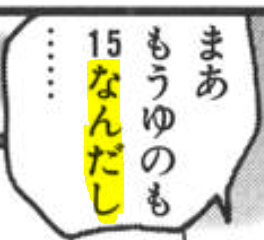Hi, I started to read a manga in japanese. My vocabulary is still too small to understand more than some words here and there. But I still wanted to try it out to get used to some other fonts.
Right at the beginning I found some forms I could not really explain to myself with Jisho, Google translate or by doing a google search on any not completely japanese websites.

It might be related to this grammar point?
The second one :

might be related to this:
But why would it be used with the て-form?
I would appreciate it if someone could help me with that.




 .
.
 .
. .
.